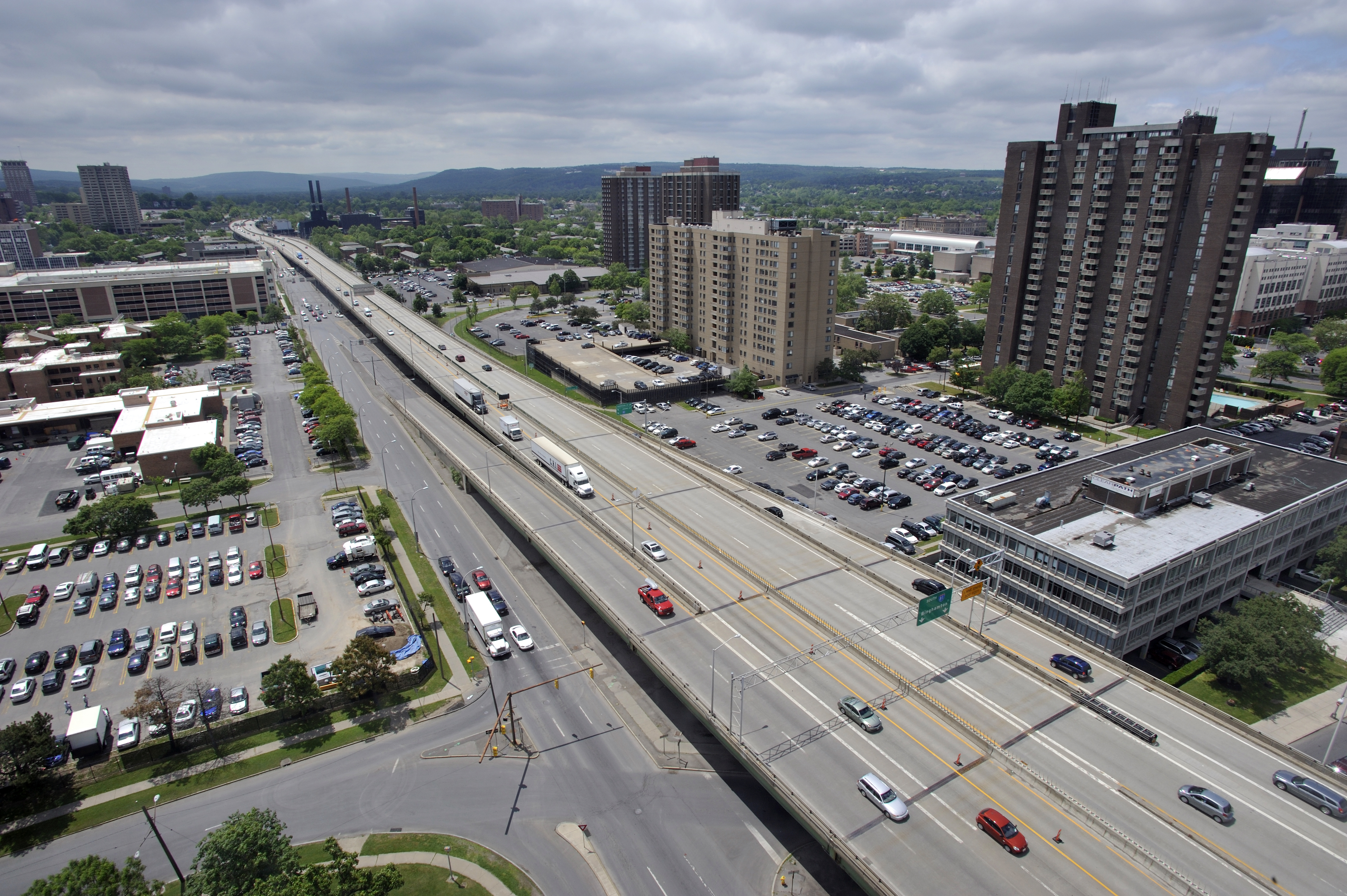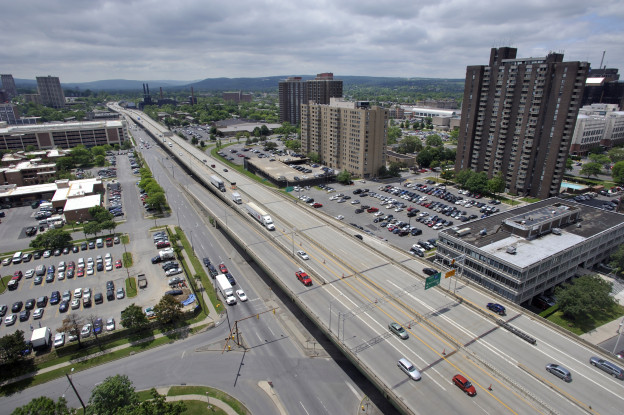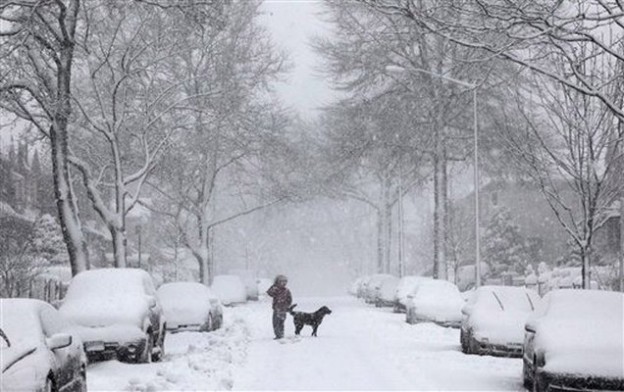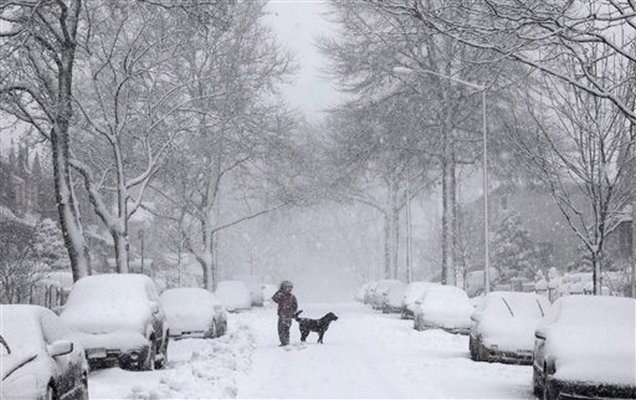A recent Streetsblog Network post on “How Infrastructure Shapes the Way We Move” started a spirited discussion on a social psychology construct and its relationship to the way we view transportation infrastructure and its use by others.
The fundamental attribution error, according to blogger Michael D. refers to “the tendency for people to over-attribute the behavior of others to personality or disposition and to neglect substantial contributions of environmental or situational factors. Thus, the fundamental attribution error in transportation choice: You choose driving over transit because transit serves your needs poorly, but Joe Straphanger takes transit because he’s the kind of person who takes transit. This is the sort of trap we find ourselves in when considering how to fund transportation, be it transit, cycling, walking or driving”. “But”, he says, “that infrastructure itself and the services provided on it are a strong influence on the transportation choices people make.”
 In other words, as one commenter put it, “If you build it, they will come. More lanes = more cars. Less lanes = less cars …… More bike lanes/routes = more cyclists. Less bike lanes/routes = less cyclists”.
In other words, as one commenter put it, “If you build it, they will come. More lanes = more cars. Less lanes = less cars …… More bike lanes/routes = more cyclists. Less bike lanes/routes = less cyclists”.
Another commenter suggested that The Onion explains the social behavior theory better than any academic blog post:
Report: 98 Percent Of U.S. Commuters Favor Public Transportation For Others – “With traffic congestion, pollution, and oil shortages all getting worse, now is the time to shift to affordable, efficient public transportation,” APTA director Howard Collier said. “Fortunately, as this report shows, Americans have finally recognized the need for everyone else to do exactly that.”


